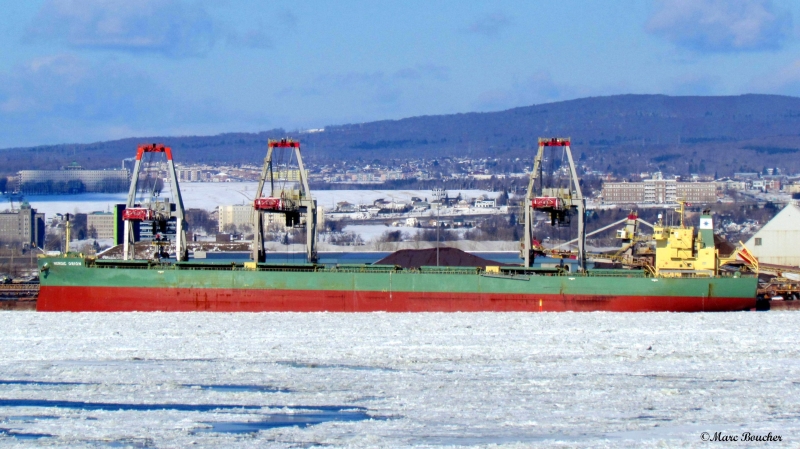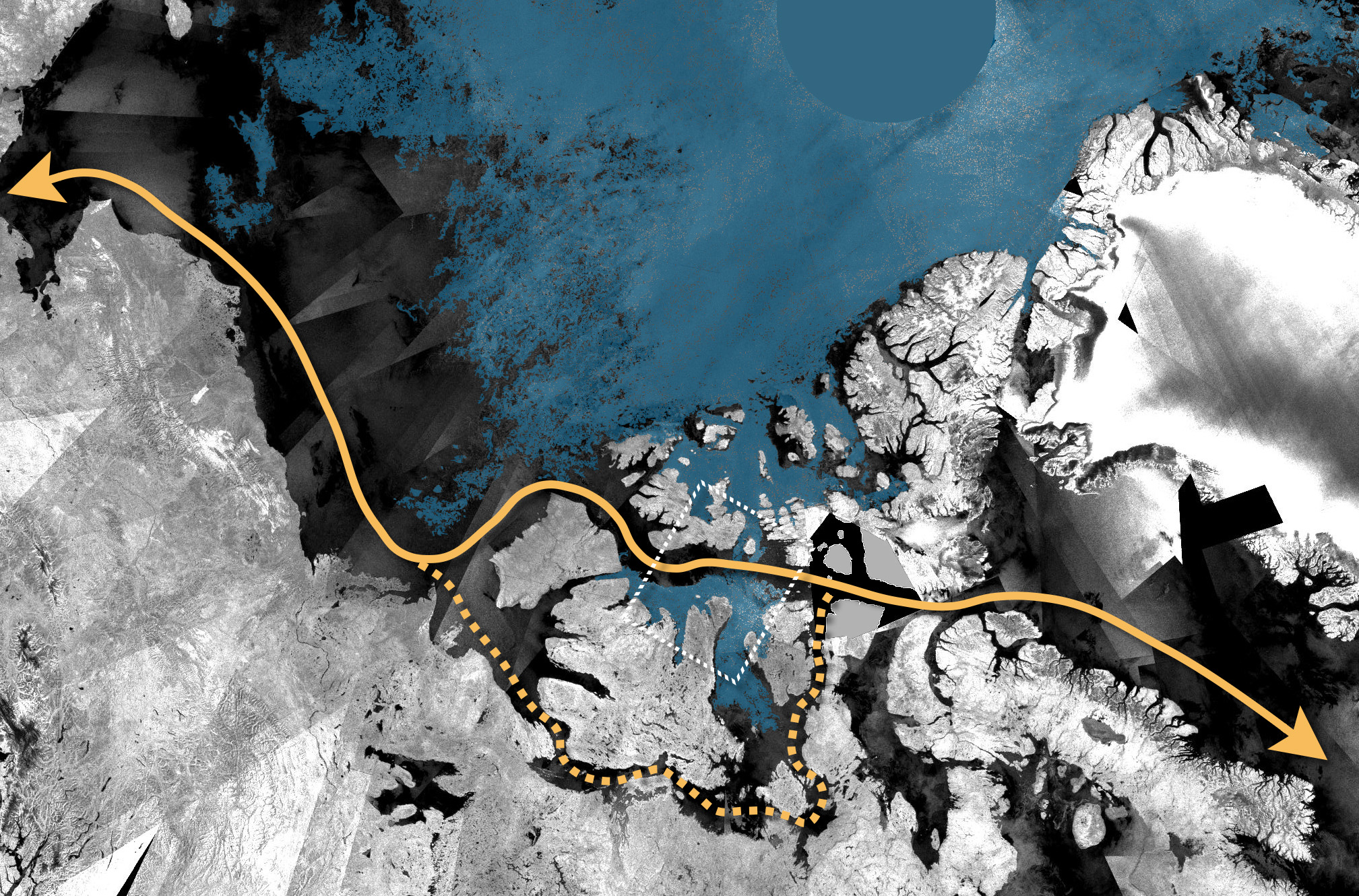75, 500 deadweight tons, made a high-risk journey through the Arctic Northwest Passage, resulting in a major exportation strategical gain. The Nordic Orion, is a Japanese constructed ship that departed in early September from the Canadian Pacific Port of Vancouver, carrying coking coal from a Canadian based company, and will be delivered to a Finland steel producer.
The Arctic Northwest Passage is an alternate route to the usual and highly, cargo ship, populated Panama Canal. With rising concerns and controversy surrounding human affect of Global Warming, sparks a positive potential gateway for shipping routes from the western shores of North America to foreign shores.
This new potential passage, “is more than 1,000 nautical miles shorter than the traditional shipping route through the Panama Canal and will save time, fuel and reduce carbon dioxide emission, but even more importantly increase the amount of cargo per transit 25 percent”, stated spokesmen of Nordic Bulk Carries.
The Danish operator of the Nordic Orion, stated that the route saved $80, 000 worth of fuel, and was able to add 15, 000 tons of coal, because of the no depths limit that the Northwest Passage offers.
However, this new discovery does not come without high-risks. During extreme winter months, the passage will cease to exist, in addition to stray icebergs may lead to blocked paths and potential damage to ships hull. However, ships with strengthened hulls with ability to cope with floating ice, will burn less fossil fuels and will shorten the journey by 1,000 nautical miles.
Maritime analysts have stated in reports that this new passage will develop a greater trading opportunity, as the Arctic will account for more than a quarter of the cargo traffic between Europe and Asia by 2030. In the end, the large volume of cargo being transported through the Arctic is still 10 years away.
Even though mankind has been credited for majority of greenhouse gases and increasing Global Warming effects, the end result of such, have led to a reduced carbon dioxide emissions way of commercial transportation.


